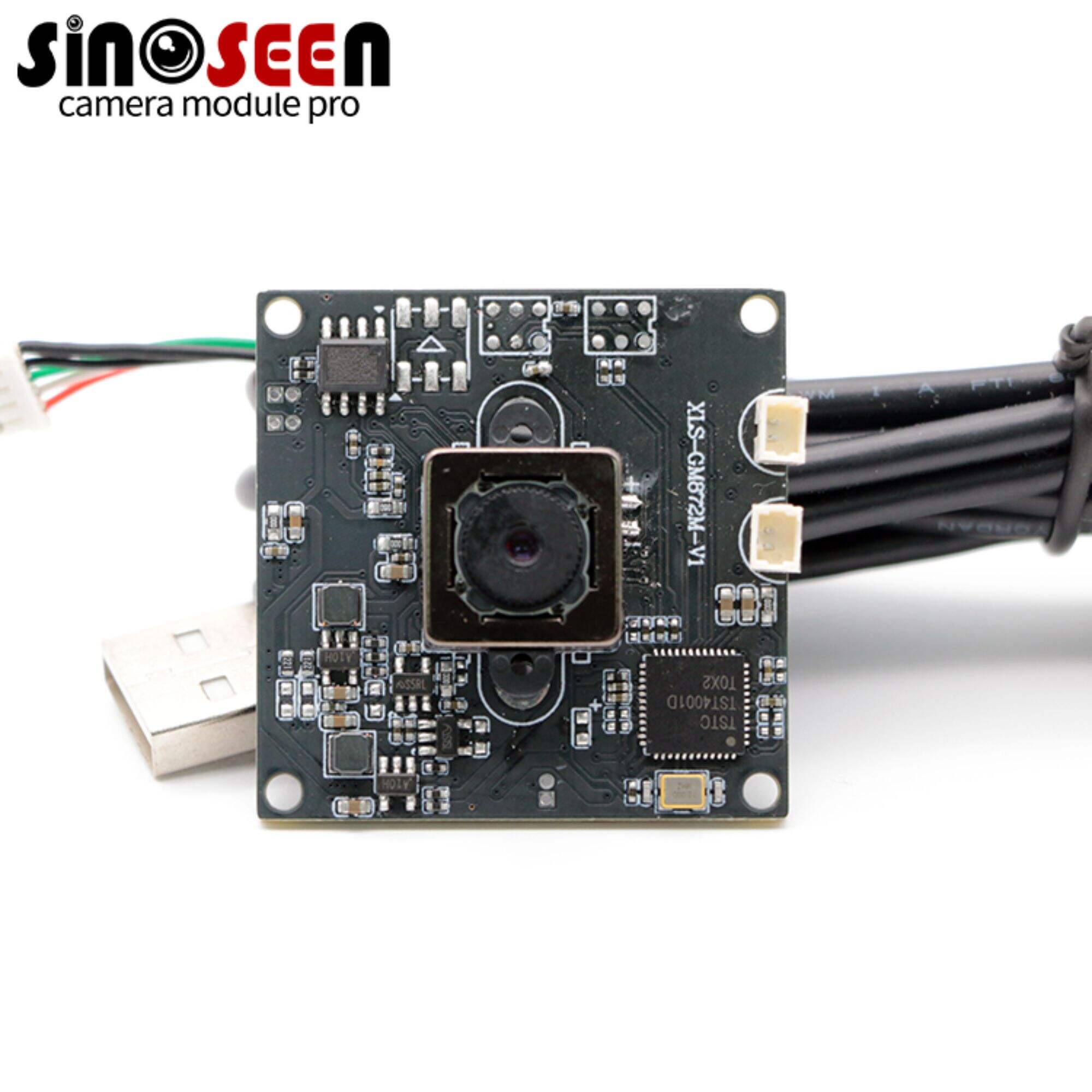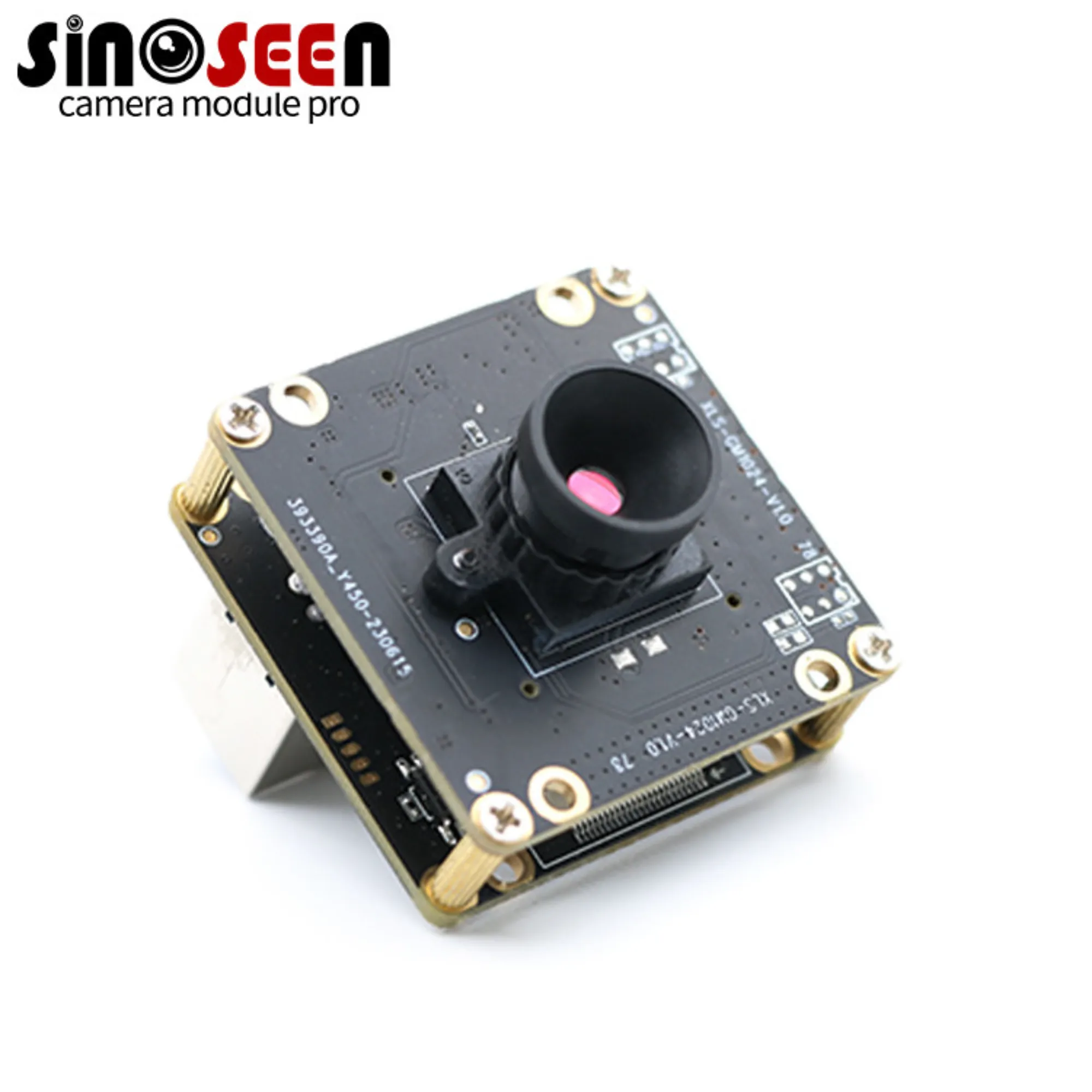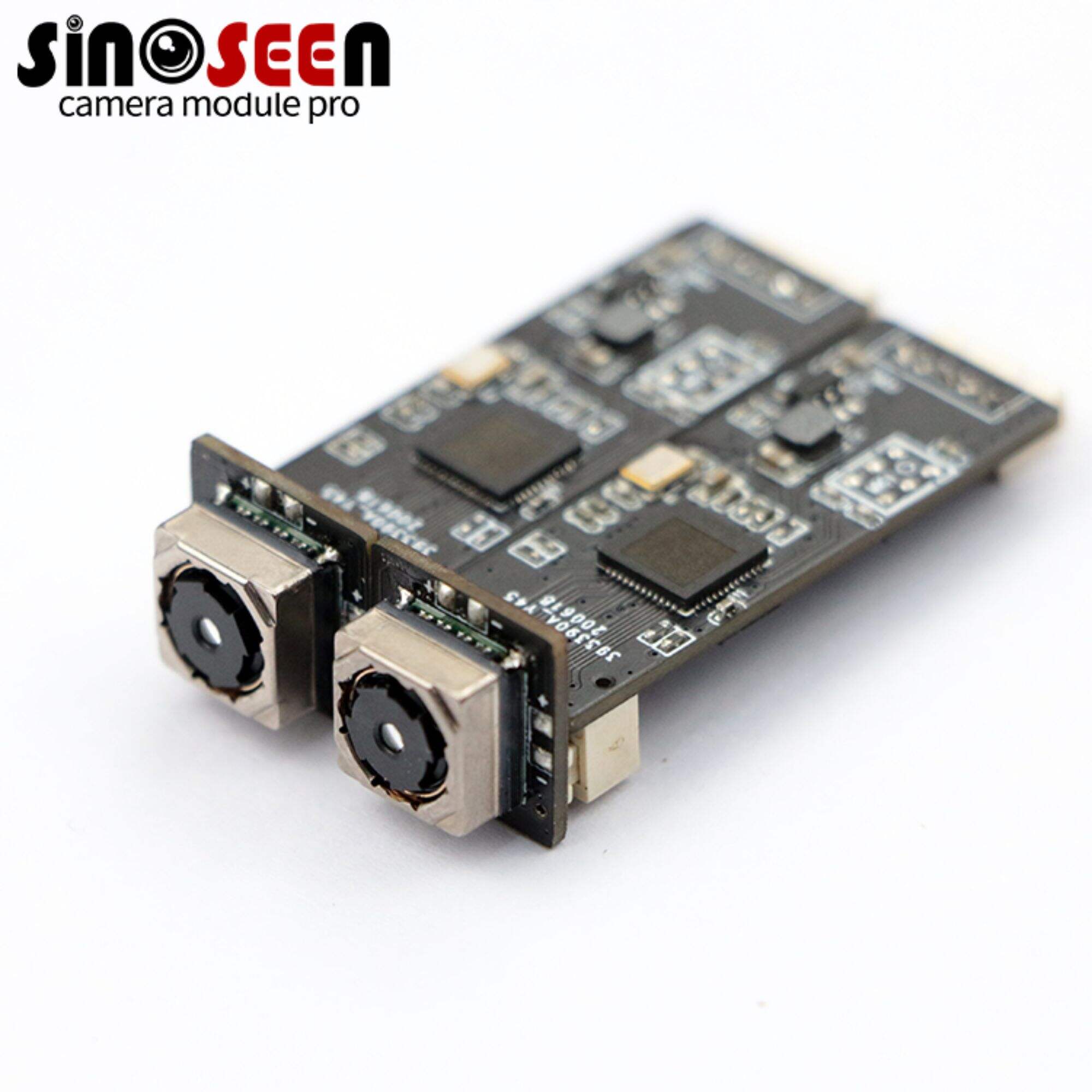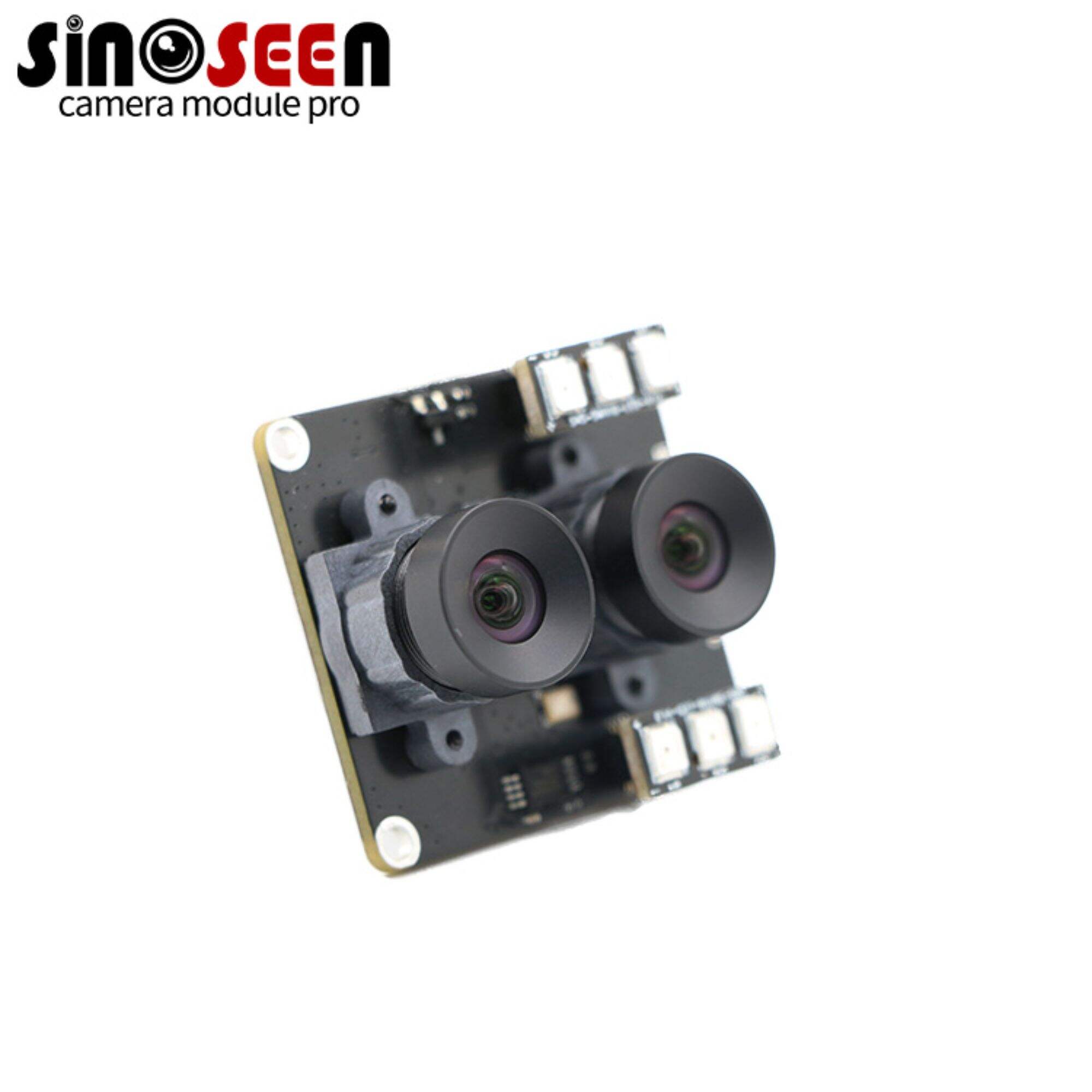What is ISP (Image Signal Processor)?its Meaning,functions,importance
We often use pictures to record life, but whether it's a clear image taken by a cell phone or a high-resolution image taken by an advanced camera, powerful technical support is indispensable.
Image signal processor (ISP) is the core of imaging technology. It is a powerful tool that can convert raw image data into a beautiful picture. So how does an image signal processor work?and the definition of image sensor? Let's learn more about this technology in this article.
What is an Image Signal Processor (ISP)?
An image signal processor, or ISP for short, is a specialized component in smartphones, webcams, digital cameras, and other imaging systems. The isp in camera main function is to convert the raw image data captured by the image sensor into high-quality images that can be displayed on smartphones, digital cameras, and other devices through complex algorithms and signal processing techniques by adjusting image quality parameters such as brightness, contrast, and color balance.
What are the main architectures and functions of an ISP?
An ISP consists of several specialized components that perform many complex tasks to convert sensor data into high-quality, noise-free images. Understanding the architecture and functions of an ISP provides a better understanding of image quality.
The architecture of an ISP consists of the following key components:
- A/D Converter: Converts analog signals captured by the image sensor into digital signals, laying the foundation for subsequent processing.
- Digital Signal Processor: Performs complex algorithms to improve image quality.
- Memory Unit: stores raw image data and intermediate results of processing.

ISPs have a variety of key functions, including but not limited to:
- Noise Reduction: Noise is broadly defined as variations from the original pixel content that degrade the overall quality of the image. ISPs use algorithms to improve image smoothness in low light and eliminate graininess.
- Color Correction: Due to environmental and sensor limitations, some colors may not be represented. The image signal sensor ensures that the image is more in line with the real scene presentation by adjusting the color balance and enhancing the image fidelity.
- Auto Exposure and Auto Focus: The isp camera can automatically adjust the optimal exposure and focus settings by analyzing the intensity of the scene light, reducing manual adjustments.
- White Balance Adjustment: White balance is very important in order to make images look more realistic and natural. If you always shoot bright colors, it will imbalance the color of the image. ISP camera can automatically correct the color temperature to ensure the accuracy of white objects in different lighting environments.
- Demosaicing: Many image processors will use a Bayer filter color array of red, green and blue. The processor can supplement the missing color information with a de-mosaicing algorithm to restore a full-color image and enhance the details and colors of the image.
- image compression: reduces file size and optimizes storage and transmission efficiency without compromising image quality.
How does image processing work?
Image processing is a complex process designed into various algorithms for processing digital images. Its workflow is a collection of refined operations that ensure efficient and high quality conversion of image data.so how does image sensor work?
Here are some of the steps involved in image processing:
- Data Capture and Conversion: The ISP uses sensors to capture the raw data of the scene and converts the analog signal into a digital signal through A/D conversion.
- Pre-processing: ISP splits the image into different regions through image segmentation, feature extraction and image analysis, and groups the regions with similar features, extracts the feature information from them, and further analyzes the feature information to perform object recognition and scene matching. This is important for face recognition and fingerprint authentication.
- Core Processing: The ISP performs noise reduction, color correction, and adjustment to enhance the overall image quality. Ensures that the image is optimal in terms of color, brightness, and clarity.
- Advanced Processing: Includes image optimization techniques such as de-mosaicing, gamma correction, etc. to further improve image details and visual consistency.
- Final Optimization and Output: Reduce file size through image compression, while post-processing and visualization enhance the image presentation and output a visually comprehensible result.
Types of ISPs
There are two main types of ISPs:
- Internal ISP: An internal image signal processor is integrated into the image sensor and generally performs signal processing functions. It is commonly used in low-end camera cameras because of its low cost. Internal ISPs provide relatively low image quality and performance, but are low cost and easy to use.
- External ISP: In contrast to an internal ISP, an external image signal processor is a stand-alone device that performs signal processing exclusively. It is typically used on high-end digital camera modules that require high-quality imaging. External ISPs offer the best image quality and performance, but are expensive and complex to use.
Why is image processing important? Where do I need to use it?
Image processing is important in many applications and industries because of its ability to quickly process images and extract important and valuable information from visual information and improve image quality. It has a wide range of applications:
- Smartphone photography: to enhance the image capturing capability of cell phone cameras.
- Professional Photography: Achieve higher quality image output in high-end cameras.
- Medical imaging: Improve the diagnostic value of images in X-ray, MRI and other medical equipment.
- Security Surveillance: Enhance image clarity and analysis in surveillance cameras.
- Computer vision: improve the accuracy of image processing in robotics and self-driving vehicles.
How should we choose?
When choosing an ISP, the following key factors should be considered: image quality requirements, budget, device compatibility, power consumption considerations, processing speed and scalability. For example, for professional applications seeking high resolution and color accuracy, an external ISP may be a better choice, while for mobile devices, the integration and energy efficiency ratio of an internal ISP may be preferred. As technology evolves, ISPs are continuing to integrate more advanced features, such as artificial intelligence-based image analysis, to meet the growing demand for image processing.
Conclusion
The image signal processor is at the heart of modern digital imaging. It has transformed the way we capture, perceive and interact with visual information. By utilizing advanced algorithms and techniques, ISPs support a wide range of applications from consumer electronics to scientific research to improve image quality, increase accuracy and enable innovative functionality. As digital technology continues to evolve, the importance of image signal processing will only grow, shaping the future of visual communications and data analysis.

 EN
EN
 AR
AR
 DA
DA
 NL
NL
 FI
FI
 FR
FR
 DE
DE
 EL
EL
 HI
HI
 IT
IT
 JA
JA
 KO
KO
 NO
NO
 PL
PL
 PT
PT
 RO
RO
 RU
RU
 ES
ES
 SV
SV
 TL
TL
 IW
IW
 ID
ID
 SR
SR
 VI
VI
 HU
HU
 TH
TH
 TR
TR
 FA
FA
 MS
MS
 IS
IS
 AZ
AZ
 UR
UR
 BN
BN
 HA
HA
 LO
LO
 MR
MR
 MN
MN
 PA
PA
 MY
MY
 SD
SD















